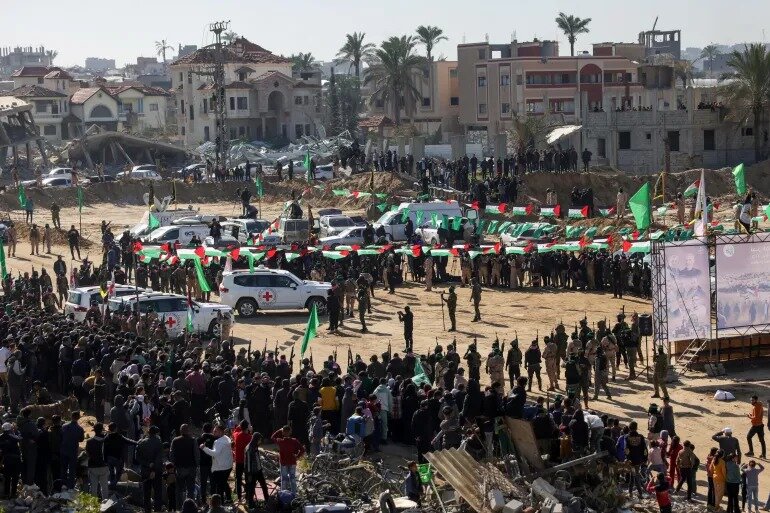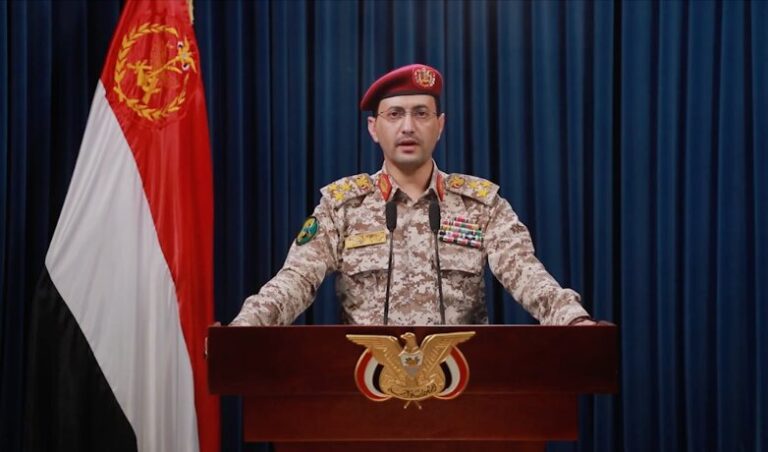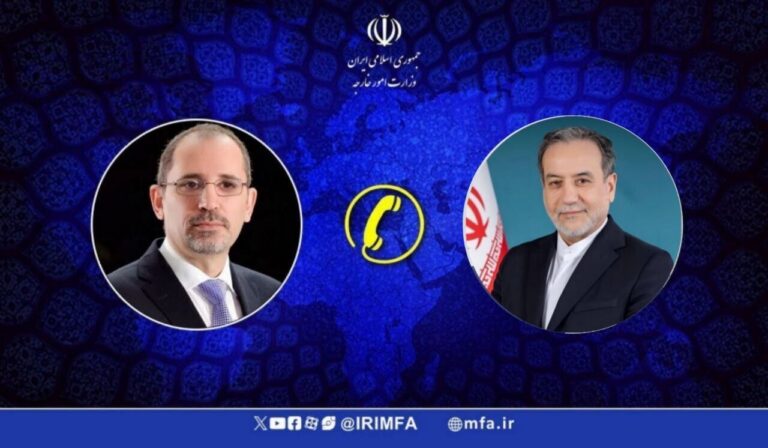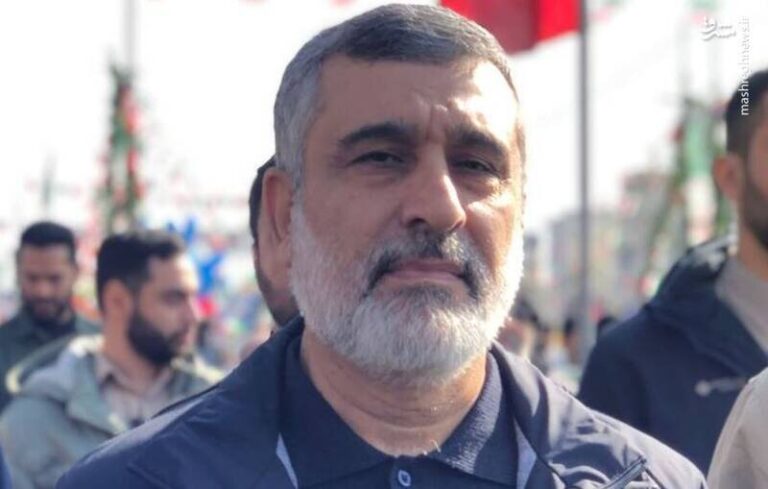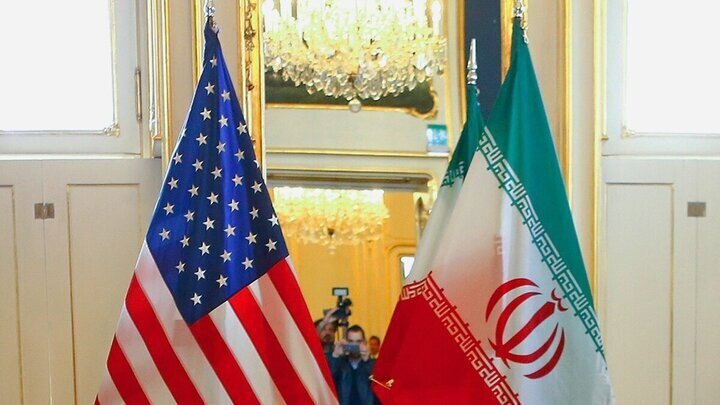Netanyahu and Trump Face Backlash in Controversial Sixth Prisoner Swap: A Political Fallout
The recent exchange of captives for Palestinian prisoners has significantly impacted the Israeli leadership, as Hamas freed three additional Israeli captives on Saturday. This event marks the sixth exchange under the ceasefire agreement that commenced on January 19, highlighting the ongoing complexities of the Israeli-Palestinian conflict.
In a notable ceremony held in Gaza’s southern city of Khan Younis, Sagui Dekel-Chen, Alexandre Troufanov, and Iair Horn were handed over to representatives of the International Committee of the Red Cross. This exchange was reciprocated by the release of 369 Palestinians who had been detained in Israeli prisons.
Before the release, a gathering of Palestinian civilians and armed fighters from Hamas and Islamic Jihad took place near the home of the late former Hamas leader, Yahya Sinwar, who was killed by Israel in October. This assembly served to demonstrate solidarity and support for resistance groups within the Palestinian community.
- Hamas’s Stance: Hamas has firmly rejected any proposals aimed at forcibly displacing Gazans, asserting, “We say to the whole world that there is no migration except to Jerusalem (al-Quds).”
- Military Show of Force: Armed resistance fighters showcased their military capabilities during the event, contrasting Israel’s perceived military failures in the ongoing conflict.
- Ceasefire Agreement: Hamas emphasized that the release of prisoners underscores the necessity of negotiations and adherence to the ceasefire requirements.
In a statement following the release, Hamas condemned U.S. President Donald Trump’s controversial plan for Gaza. They reiterated their position against displacement, stating, “This is our response to all calls for displacement and liquidation launched by Trump and those who support his approach from the forces of colonialism and occupation.”
Trump had previously suggested that the United States should take control of Gaza, implying that Palestinians should vacate the territory. During a meeting with King Abdullah of Jordan, Trump expressed his determination by saying, “We’re going to take it (Gaza). We’re going to hold it.” This proposal has met with fierce opposition from Palestinians and regional countries, including Egypt and Jordan, as well as criticism from Washington’s Western allies.
With the latest exchange, a total of 25 captives have been released since the ceasefire began in January. The ceasefire is structured to unfold in three phases, with the first phase concluding in March. It aims to facilitate the release of all captives and the complete withdrawal of Israeli forces from Gaza.
Despite Trump’s earlier suggestion to cancel the ceasefire if all captives were not released by Saturday, Israeli Prime Minister Benjamin Netanyahu welcomed this rhetoric, indicating a willingness to resume hostilities. This backdrop follows the catastrophic events of October 7, 2023, when nearly 250 people were taken captive, and over 1,100 others were killed during a surprise military operation by Hamas, referred to as the Al-Aqsa Storm. This operation ignited a severe military response from Israel, resulting in extensive casualties among Palestinians.
Since the beginning of the conflict, Israeli military actions have claimed the lives of nearly 62,000 Palestinians over more than 15 months of warfare in Gaza. Nevertheless, Palestinian support for resistance movements remains steadfast, highlighting a significant challenge for Israel as it continues to struggle against Hamas’s military capabilities.
Netanyahu has repeatedly vowed to persist in military actions until Hamas is eradicated and all captives are freed. However, following the Israeli army’s failure to meet these objectives, a ceasefire agreement was ultimately signed with Hamas. Additionally, in November 2023, Hamas successfully released over 100 Israeli captives under a weeklong truce agreement.
As the situation unfolds, the ongoing commotion surrounding Trump and Netanyahu’s threats appears to serve as mere distractions, diverting attention from Israel’s unsuccessful military strategies and the growing international isolation resulting from its actions in Gaza. The need for a sustainable resolution to the conflict remains critical as both sides navigate these challenging circumstances.
